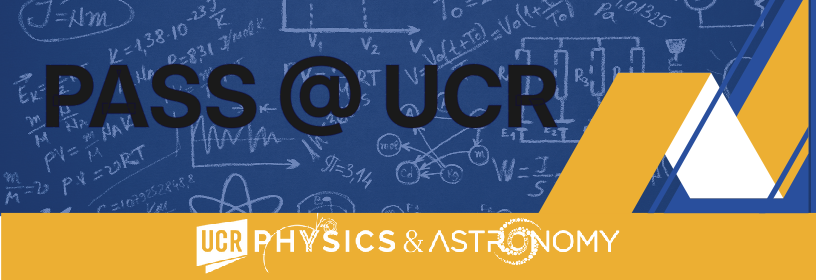
Satellites galaxy abundances in clusters of galaxies within ΛCDM: from ultrafaints to ellipticals
Pradyumna Sadhu, PhD Student Monday, 12:00 pm, Conference Room (PHYS 3051) Satellites galaxy abundances in clusters of galaxies within ΛCDM: from ultrafaints to ellipticals Current cosmological simulations lack the resolution to make reliable predictions for faint and ultra-faint dwarf satellites, which will become a crucial test of the LCDM model in the upcoming era of the Vera Rubin Observatory. To this end, we implement a semi-analytical model fitted to high-resolution controlled simulations to complement the predictions of the TNG50 cosmological numerical simulations. We focus on 3 clusters with virial masses ~1e14 Msun, comparable to Virgo and Fornax, and characterize their satellite population from ultrafaint dwarfs to massive elliptical galaxies. We find that under the assumption of cuspy dark matter halos such as NFW profiles, the majority of all satellite galaxies survive within cluster environments, expecting 10-100 thousand luminous satellites within the virial radius of such clusters. This is contrary to the results directly from the simulation where satellites get merged artificially due to poor numerical resolution. We characterize the radial distribution of satellites. ...